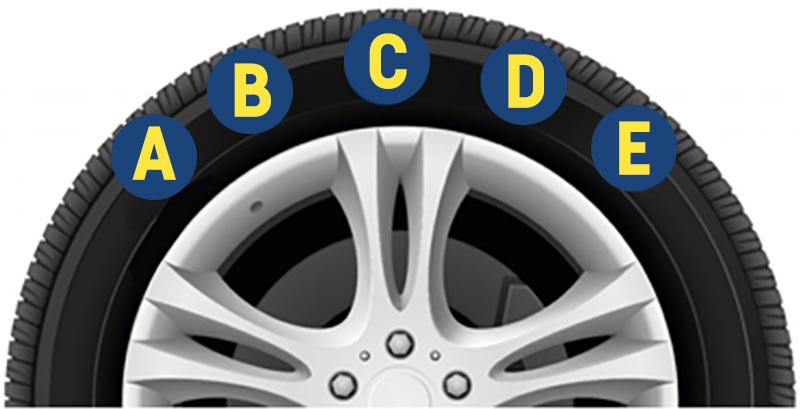
Are You Thinking About Storing Your Classic Car During Winter?
By Fuzz TownshendWinter is upon us, and despite us paying our council taxes, local authorities will nonetheless attempt to dissuade us classic car owners from taking our often eminently driveable tin steeds out onto snowy and icy roads by throwing loads of rock salt on carriageways the length and breadth of the nation.
This is a great shame, because classic cars benefit from constant enthusiastic use. Thus, the classic car owner is presented with a quandary; an eye on weather forecasts, avoiding the worst combinations of salt and mud slush, daring to drive throughout winter, or to squirrel away the car until the thermometer hits the twenties and the barometer predicts fine conditions ahead.

Neither option comes without pitfalls. Let us discuss the hibernation option. A failure to use a fuel stabiliser may see disappointment at the first efforts of springtime start-ups. Modern fuels deteriorate in quality and efficacy surprisingly quickly, leaving engines reluctant to start and popping and banging when they do, although some of these symptoms may also present when a condenser has failed, on cars fitted with such things.
Fuel also comes into question because of increasing ethanol content, which can speed up the deterioration of rubber hoses, as well as other materials in fuel tanks, lines, pumps and carburettors. Any water content within ethanol can separate out, leaving a layer of water lying in contact with the bottom of the fuel tank, which if fabricated from steel, may corrode enough to cause an initial pinhole, with a resulting whiff of weeping petrol when you next enter the garage or car.
Braking systems can also suffer from lack of use, and older types of brake fluid may also be hygroscopic, meaning that they can absorb moisture from the air. This is a year-round problem, but if water is left in contact with steel surfaces for a period of time – as can be the case with a laid-up car – the resultant corrosion can allow fluid to pass past seals, thus setting a course for brake failure.

Use of modern, non-hygroscopic fluids can help eliminate this possibility, but if installing them, do check to ensure that a full strip and clean out of the braking system is not required, as some newer fluids cannot be installed if there are any traces of standard types.
The correct coolant mixture for your vehicle’s specification and location is essential, whether you use your car or not. UK winters can be unpredictable, so err on the side of caution and install an antifreeze mix which can cope with local conditions, even if your car is cosseted in a lovely, heated garage. Power cuts can and do occur.
A vehicle sitting static on tyres can cause the latter to develop flat spots. Granted, the resultant ‘thumping’ ride on these may disappear after a few miles, but tyres can be permanently damaged in this way, especially if they lose pressure. Increasing tyre pressures during periods of storage can help to alleviate this, as can tyre slippers. The latter are shaped to snugly accept the tyre and help to maintain its shape even with the full weight of the vehicle bearing down.
Another option is to jack up the vehicle and place it securely on stands, thus removing the weight from the tyres. If doing this, do ensure that stress is not increased on suspension and transmission components, as well as other associated items.
Beware also the use of some car covers, especially in damp garages, or those with little air flow or low ambient temperatures. Such conditions in combination with certain materials may lead to paint micro-blistering and corrosion. Interiors can also suffer, with mould developing on soft furnishings and plastics, as well as vanish lifting from wooden surfaces. A dehumidifier may assist within the garage.
Condensation and lack of use can wreak havoc within electric and electronic components, rendering them unserviceable. The answer is to have a lovely storage facility with a constant temperature of above 10 degrees Celsius, and let’s not forget to connect up an intelligent battery maintenance charger, to keep starting power on tap.

Although many of the above are best practice, whatever the season, there’s a strong argument for keeping the car in use throughout the seasons, indeed it may be less hassle. Yes, power wash any road muck and salt residues off the car after use, and do please protect precious paintwork with appropriate products, but don’t wish away precious life awaiting summer sunshine.
Consider a set of winter tyres and wheels and get out amongst it. There are some amazing winter classic vehicle gatherings, especially between Christmas and the first few days of the new year. Perhaps aim to attend one of these and feel how rewarding year-round classic ownership can be. Don’t just look at the thing. Hear it, smell it, feel it.
It’s better out than in.



